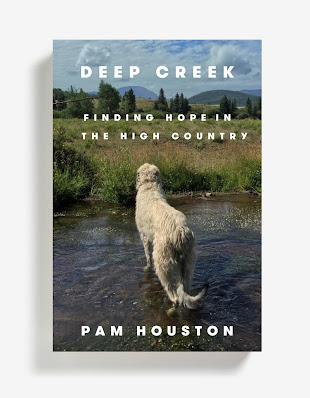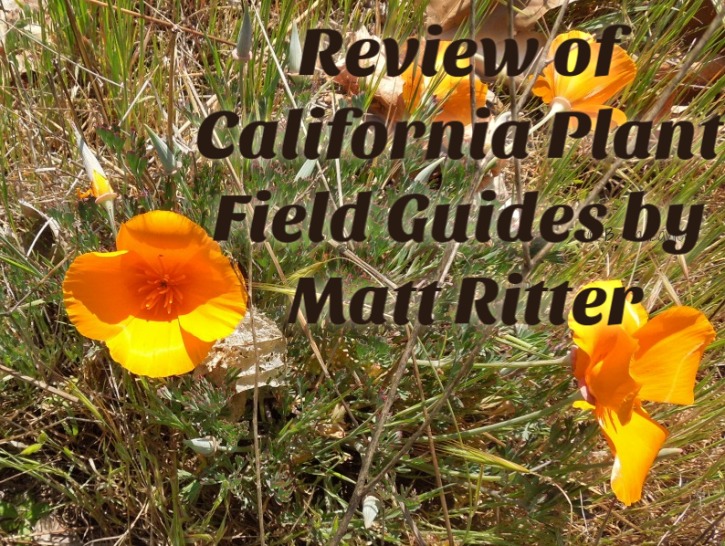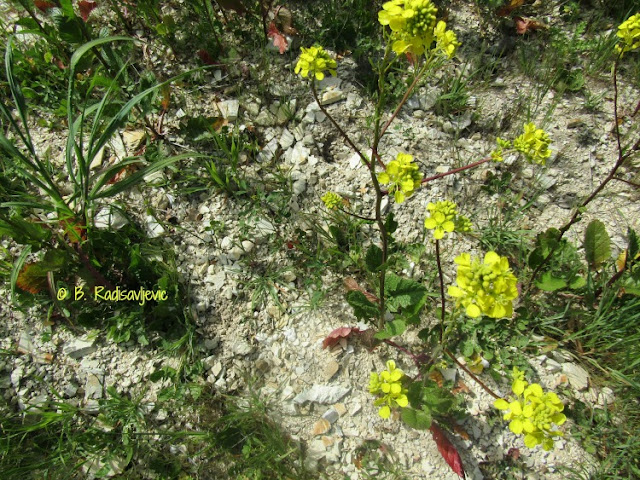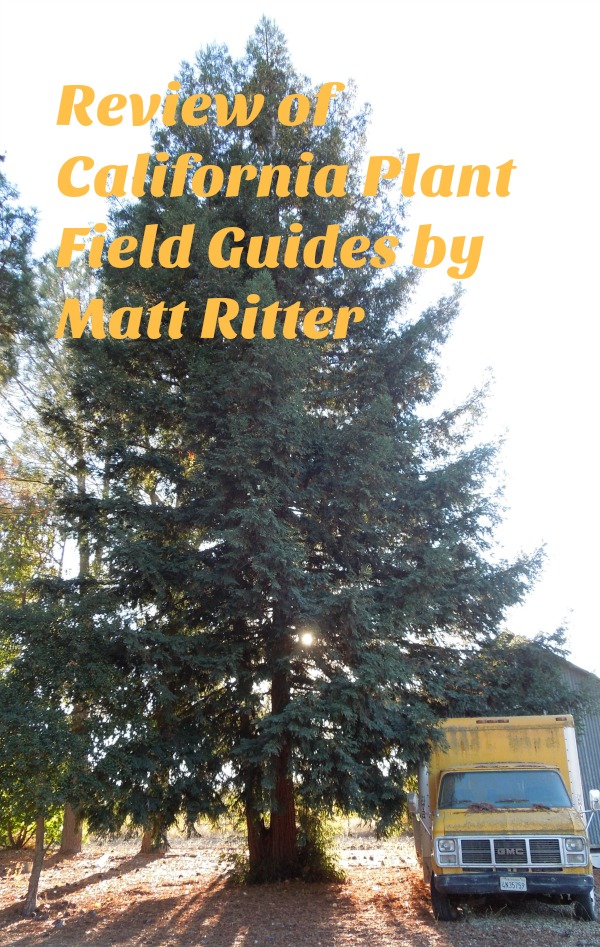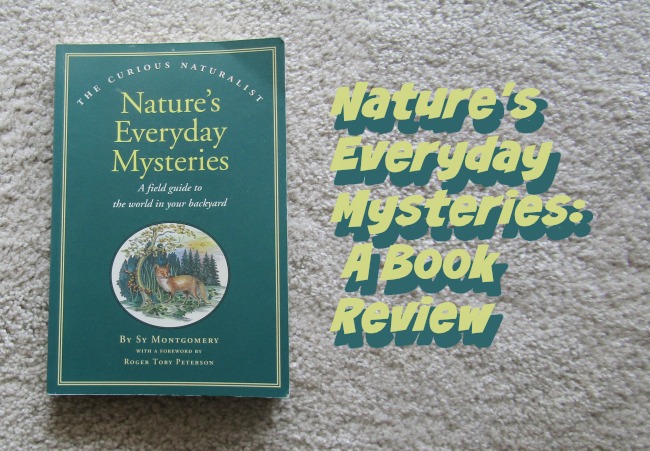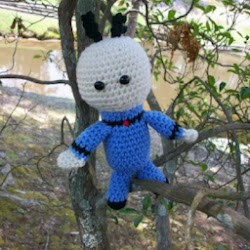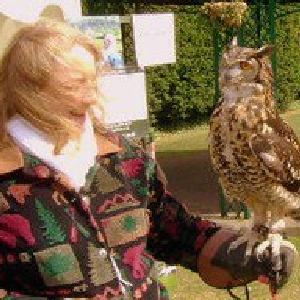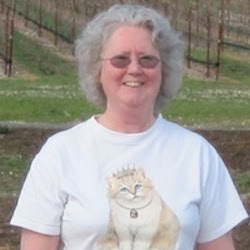The Mysteries of Nature
I've always loved learning more about nature. My library is full of field guides and other references to help me learn all I can about the natural world I see in my yard and in the wider area around where I live. That's why I couldn't resist picking up
Nature's Everyday Mysteries: A field guide to the world in your backyard when I found it at a thrift store. It's part of The Curious Naturalist Series, and I'd like to get the rest of the series because I enjoyed this book so much. Let me tell you why.
Let's Consider Porcupines
I have never personally seen a porcupine up close. I've never seen one at all except in a zoo. Most of my information on this interesting animal came from reading
The Adventures of Prickly Porky by Thornton Burgess when I was a child. Learn
How I Learned to Love Thornton Burgess Books . That work of fiction was written by another naturalist. In his animal stories, the animals were dressed in human clothes and talked to each other, but their animal habits were accurately portrayed. Usually the animals interacted only with each other, with an occasional human encounter.
Sy Montgomery, in her Curious Naturalist Series, shares her own research and animal interactions. She says we can tell individual porcupines apart by their faces, just as we tell humans apart by theirs. This makes them easy to study because it's easy to follow individuals. Also, they won't run away from you unless you seem to threaten them.
Ever wonder how porcupines mate? Montgomery reveals that mystery. Did you know that porcupines can not only quill other species, but also themselves and other porcupines. They can quill themselves when they fall out of trees. And, yes, they do occasionally fall out of trees. God protects the porcupines from such incidents by putting a natural antibiotic in their quills so their injuries won't get infected. This also helps people who get quilled, not that you want to experience that. Montgomery tells you how to safely remove a quill if you need to.
Porcupine quills can kill. They do it by working their way farther under the skin by means of microscopic barbs until they puncture vital organs. Some African porcupines have quills a foot long. One naturalist found 600-pound tigers that porcupines had killed this way. These are just some of the things I learned about these creatures from this book.
 The Curious Naturalist: Nature's Everyday MysteriesCheck Price
The Curious Naturalist: Nature's Everyday MysteriesCheck Price
How the Book is Arranged
This book is arranged by season. The chapter "A Porcupine's Private Life" was in the spring section, where one can also learn about bird courtship, ferns, frogs' mating rituals, and the life that can survive in various types of dry mud that come to life when rains liquify them to wet mud again. The author also discusses various kinds of edible wild plants here
One of my favorite chapters in the summer section was "Messages in Spiders' Webs." It seems that E.B. White wasn't as far off as we thought when he wrote
Charlotte's Web, but it's only garden spiders that leave these messages in their webs. I didn't know all the other ways spiders use their webs until I read this book.
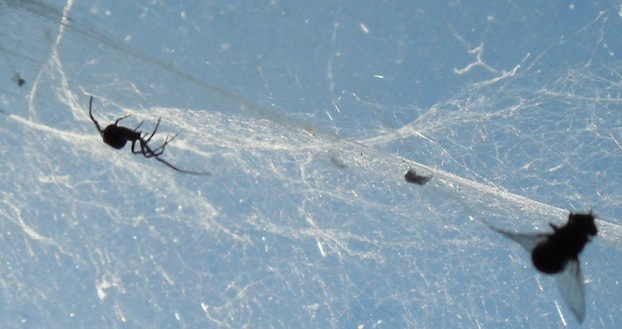 |
| Spider Catching Fly, © B. Radisavljevic |
Another fun summer chapter was "Never Sleep with a Skunk." This section also suggested activities kids can do with fireflies. In addition I discovered a lot I didn't know about tide pools, mosquitoes, fossils and rocks, invasive plants, and lightning.
The autumn section actually has a chapter "In Praise of Flies." As I wrote in another post here, I'm more interested in
How To Trap Those Flies That Drive You Crazy than I am in observing them, but I still learned some interesting information. I enjoyed the chapters on mushrooms, animal migration, fall flowers, beavers, chipmunks and squirrels, and wild turkeys more.
 |
| Squirrel at San Miguel Mission |
The winter section features many subjects I'd not thought much about before. Did you know that you can discern the history of some regions by looking at the trees in the landscape? I didn't. I was more familiar with what I read in "Tidal Treasures: Exploring the off-season beach." What I learned about the crow and the snowy owl was fascinating to me. I've never seen a snowy owl, but I have certainly seen crows. I didn't know how intelligent they really are.
The winter section finishes off with information on reading animal tracks and sign, how small mammals like the shrew survive winter, and the life below pond ice. I've never lived with ice and snow, so these chapters were all new to me.
My Review of Nature's Everyday Mysteries
Although the book calls itself a field guide to the world in your backyard, its illustrations are sparse -- only eight pen and ink drawings in its 152 pages. The drawings are detailed and of high quality. Since no other illustrator is credited, I'm assuming Montgomery illustrated the book herself. The book is actually a compilation of a series of nature journal columns Montgomery wrote for the Boston Globe.
Rather than being an actual field guide in the usual sense of the word, the book is actually an aid to understanding the sights we normally don't think much about as we pass them. In the Introduction, Montgomery explains how she came to write the chapter on mud (originally a monthly column). One March the sights outside seemed boring. It would appear almost nothing interesting was happening to write about. Everywhere she turned she only seemed to see mud. She thought of visiting her friend's farm in the next town, but then she remembered that her friend's steep driveway was probably all mud. It was then she remembered how full of life dried mud became when water was added and got the idea for her column. When you read it, you will never look at mud season the same way again.
I recommend this book to anyone who loves nature and wants to look beyond the surface one sees. Its short chapters were just right for entertaining reading when I only had short amounts of time to spend. Like most nature books, it helped me better understand the intricacies of God's creation. I plan to read as many other books by this author as I can afford.
You can find these books by this best-selling nature writer at Amazon.
Note: The author may receive a commission from purchases made using links found in this article. “As an Amazon Associate, Ebay (EPN) and/or Esty (Awin) Affiliate, I (we) earn from qualifying purchases.”
